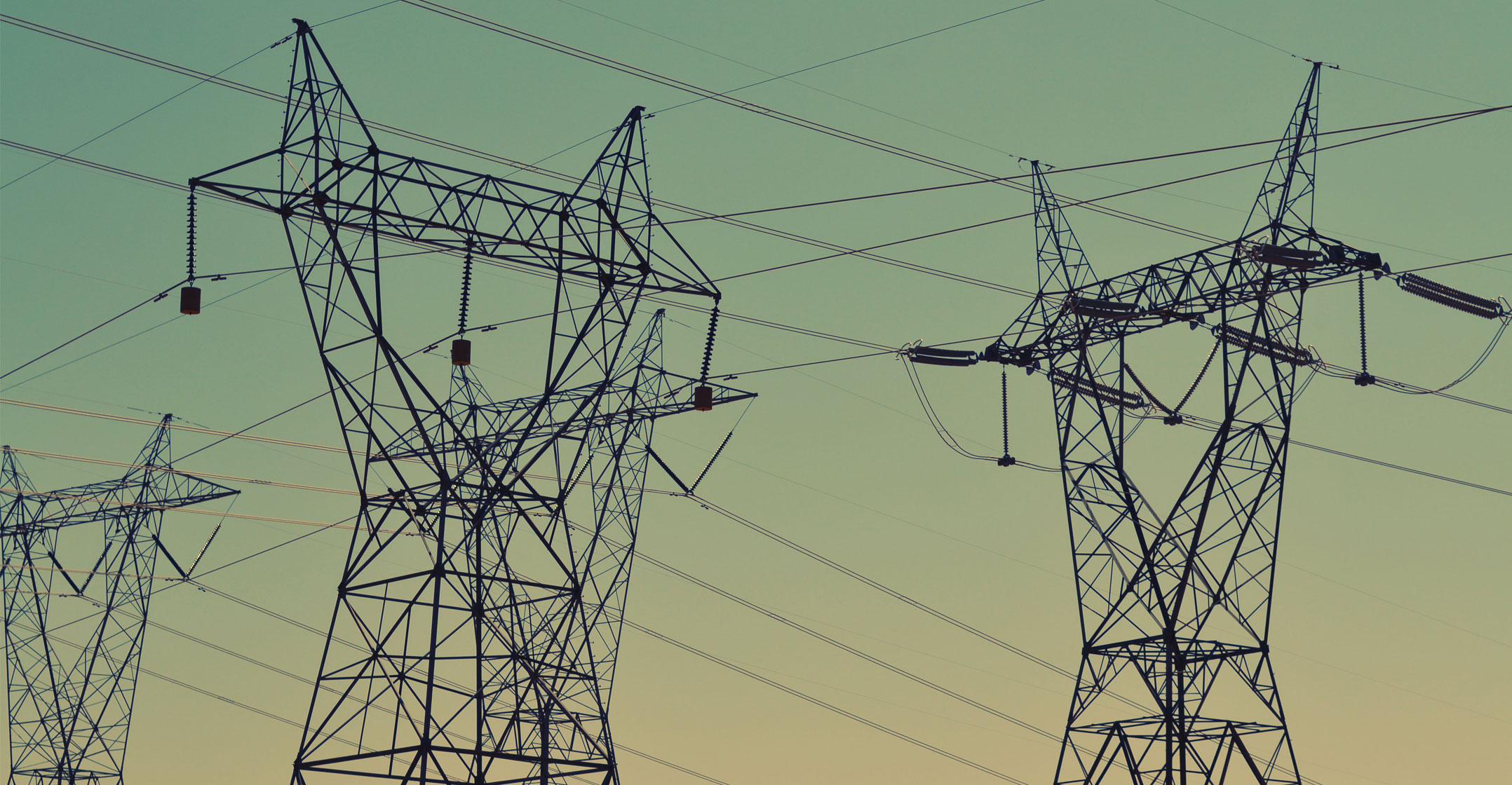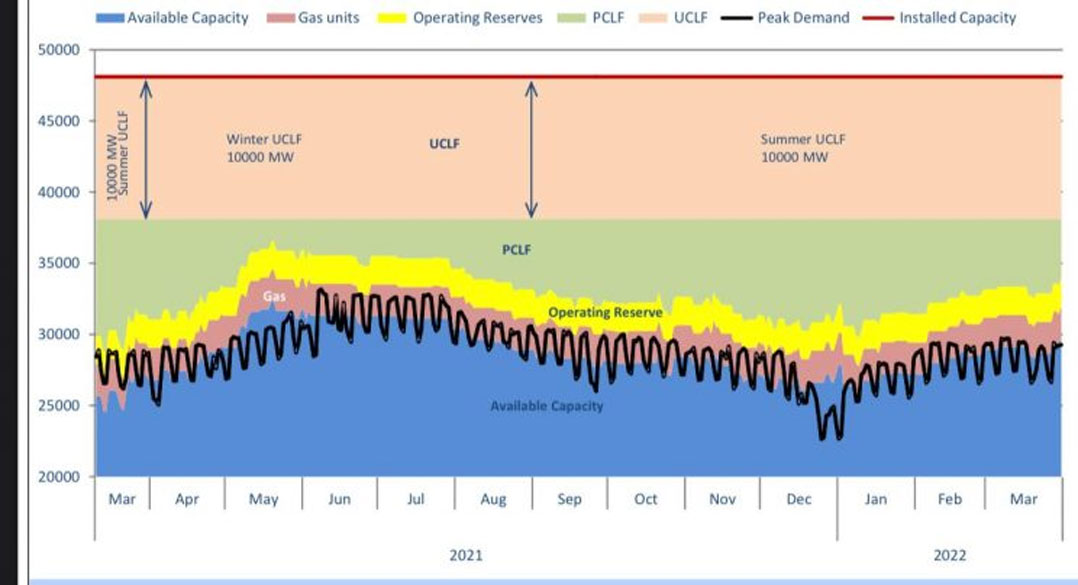 Over the next five years, Eskom is expected to have an electricity supply shortage of 4GW. However the shortfall could increase as the economy grows, according to the power utility’s chief executive, André de Ruyter.
Over the next five years, Eskom is expected to have an electricity supply shortage of 4GW. However the shortfall could increase as the economy grows, according to the power utility’s chief executive, André de Ruyter.
The power utility, which is currently implementing stage-2 load shedding, has warned of continued uncertainty over its electricity generation capacity at any time.
“This is why we believe that it is important to accelerate the addition of new generation capacity onto the grid (to avoid further constraining the economy),” De Ruyter said during a media briefing on Monday.
New capacity procured from independent power producers (IPPs), including bid window 5, which aims to provide Eskom with 2.6GW of wind and solar power, is likely to only start adding power to the grid within the next two years. This means continued electricity blackouts are likely to persist until the power utility’s generation capacity is supplemented.
Eskom’s woes have been exacerbated by its continued need to conduct maintenance on its ageing fleet of power stations.
“While there is an improvement on some aspects of the generation plant due to concerted efforts by Eskom employees, we are not where we want to be in terms of performance,” De Ruyter said. “The ultimate aim is to improve performance to reduce the risk of load shedding.”
42 days of load shedding
Last year, the power utility implemented 859 hours (42 days) of planned outages due to its vulnerable and volatile systems. Load shedding was initially suspended before the outbreak of the coronavirus in the country, but was reintroduced during the winter months despite reduced economic activity and demand.
Eskom is implementing a maintenance programme to improve generation performance, but significant improvements are only expected by September 2021.
Since January, Eskom has implemented 19 days of load shedding, dominated by stage-2 load shedding.
In the worst case scenario for the winter months (April to August), Eskom says it will have to implement 26 days of load shedding should it lose 2GW of power due to its aged systems. This would require the company to burn R2.7-billion worth of diesel to keep the lights on while its systems undergo maintenance.

In the best-case scenario between the winter months, Eskom will be required to implement zero days of load shedding, but this is unlikely because the company is still required to implement its reliability maintenance programme.
“Recovering the operational performance is our top priority and we will not compromise on reliability maintenance and mid-life refurbishment,” said Eskom chief operating officer Jan Oberholzer.
- This article was originally published on Moneyweb and is used here with permission




